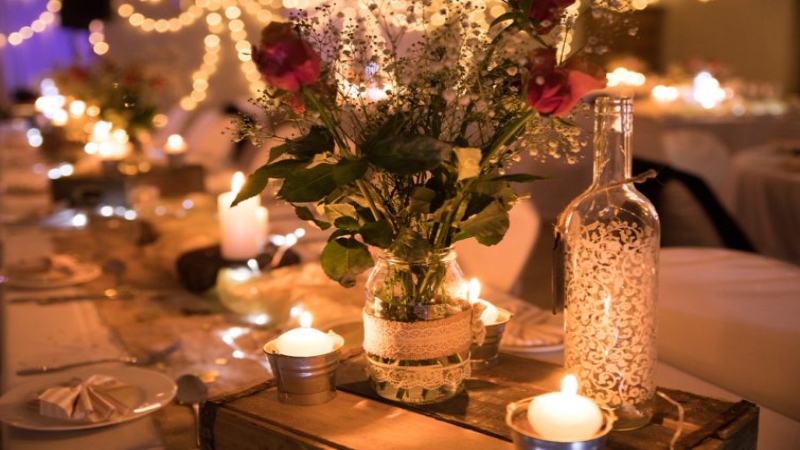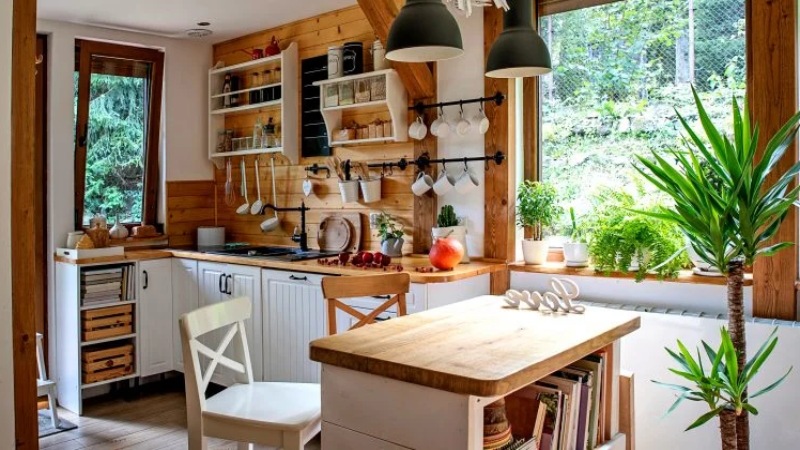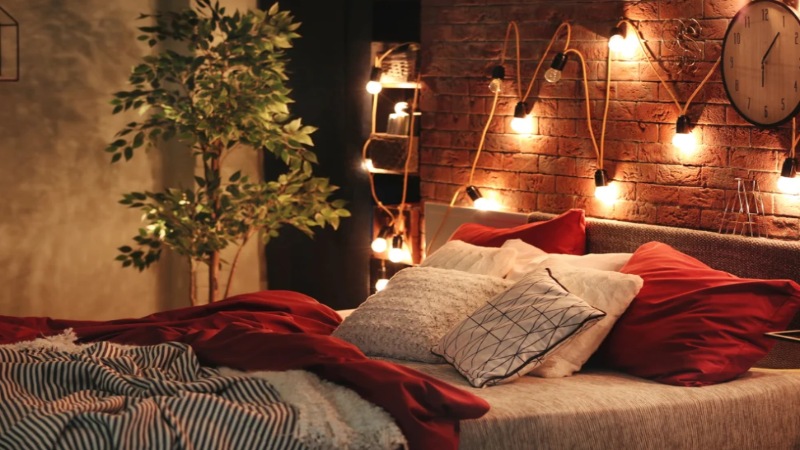Blog / Importance Of Lighting In Interior Design

Tuesday, 5 Apr 2022
Importance Of Lighting In Interior Design
Considering lighting is one of the most critical factors in designing interior spaces. Lighting is vital in influencing how a room’s size is perceived, establishing its ambiance, and, most importantly, affecting your mood. Good lighting design involves much more than just selecting a stylish lampshade. Consider these three essential elements of lighting design: ambient, task, and accent lighting. When skillfully applied, they can elevate your space into a breathtaking setting.

Impacts of Lighting on Interior Design
Lighting influences how you perceive a space on both conscious and subconscious levels, directly affecting your emotions. Various factors like color and brightness contribute to this influence. For instance, in an office setting, well-lit and bright spaces tend to boost energy and positivity among individuals. Conversely, poorly lit areas can induce feelings of gloominess, sadness, and decreased productivity.
Lighting is a key aspect of home decor that requires careful planning and thoughtful consideration. Homes, apartments, flats, office spaces, or any kind of residence; giving your lighting attention is far more important than you think. Lighting may involve technical aspects, yet it remains a fulfilling medium to work with. It requires knowledge since you need to choose the right products to work with, and you need to choose a lighting supplier that can deliver a variety of high-quality, modern lighting products for you to work with.

As an essential component of interior design, interior designers prioritize planning lighting during the initial stages of a project.

The right lighting can make a room feel more spacious. Combining natural and artificial light sources is crucial for breathing new life into an old room or enhancing a new design. These two light sources are the foundation upon which your entire home interior decor will be built. Lighting designers can also be used to design the perfect layout in your home, allowing you to create the ideal environment for a particular room or area in the house.
Role of Natural Light in Interior Design:
Natural light plays a crucial role in interior design by enhancing the aesthetic appeal and functionality of any space. Maximizing natural light not only makes rooms appear larger and more inviting but also boosts mood and well-being. By strategically placing windows, using reflective surfaces, and incorporating light-colored decor, you can transform your space into a bright and airy environment. Embracing natural light in interior design not only reduces the need for artificial lighting but also creates a sustainable and energy-efficient home.
Smart Lighting Solutions for Modern Homes:
Conclusion
lighting is a fundamental element of interior design, influencing the atmosphere and functionality of a space. By understanding the importance of lighting and how it can be strategically utilized, you can transform your home into a harmonious and inviting environment. Learning about lighting in interior design not only enhances your living space but also opens up numerous career opportunities.
Frequently Asked Questions

Corporate Headquarters
1st Floor, K.R. Ahamed Sha office complex, No. 25, Dr. Radhakrishnan Salai, Mylapore,
Chennai - 600 004, Tamil Nadu, India.
Flagship Events
Trending Courses
Fashion Design
Interior Design





